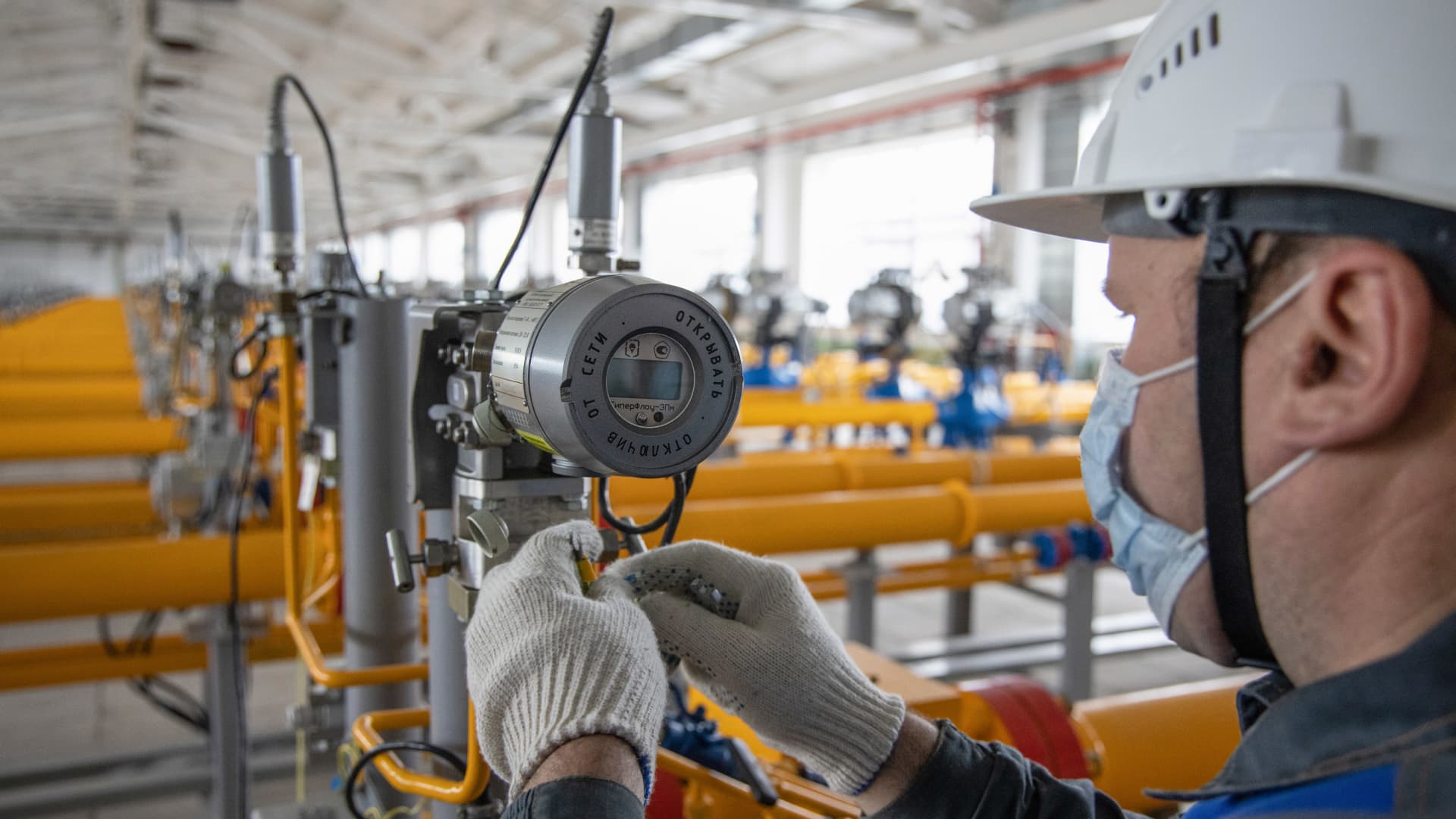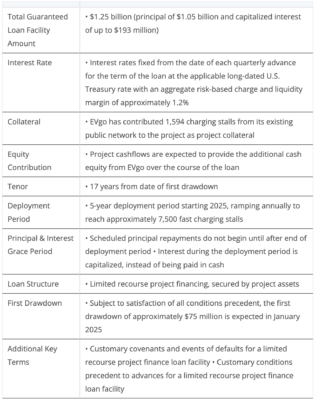A Fast Transition To Electric Mobility Can Help Reduce Kenyaâs Widening Trade Deficit

Kenya has done really well to grow the share of renewables in its electricity generation mix. Renewables provided 89% of Kenya’s electricity generation in 2021 thanks to contributions from geothermal, wind, hydro, and some utility-scale solar. Kenya is one of the major players in the geothermal space and is in the top 10 in the world when it comes to geothermal generation installed capacity. Kenya’s installed geothermal capacity is now close to 1,000 MW. Kenya has a lot more room to add more geothermal, with an estimated potential of 10,000 MW! This dependable, renewable geothermal can anchor the growth of the economy inline with Kenya’s industrialization agenda. Having this dependable geothermal energy will also help integrate more variable renewable resources such as wind and solar, which despite having a lot of potential, still remain largely untapped.
All this locally generated clean, renewable electricity can help enhance Kenya’s energy security as well as reduce costs in the transport sector. Kenya stands to benefit quite a lot from substituting a significant portion of imported petroleum products with this locally generated clean electricity by accelerating the adoption of electric vehicles. Imports of petroleum products contribute a huge chunk of Kenya’s import bill. With Kenya’s trade deficit continuously widening, this import substitution will need to be looked at ASAP. According to the latest Economic Survey from the Kenya National Bureau of Statistics (KNBS), there was a 30.9% growth in imports in 2021. The increase in imports widened the trade deficit from KSh 999.9 billion in 2020 to KSh 1,4 trillion in 2021. That’s a trade deficit of about $US11.8 billion! Imports rose from KSh 1,6 trillion in 2020 to KSh 2,1 trillion, mainly driven by an increase in imports of petroleum products, the report says.
Kenya’s Trade Deficit Over The Past 5 Years
Apart from a dip in 2020 due to the slowdown in petroleum imports resulting from the hard lockdowns at the height of the coronavirus pandemic, Kenya’s trade deficit has been growing over the past 5 years. In 2020, there was a sharp dip in petroleum fuel imports in Kenya due to the coronavirus pandemic restrictions.
Kenya’s Petroleum Fuel Imports Over The Past 5 Years
Several startups are now scaling up operations in Kenya’s electric motorcycle sector as well as the electric bus scene. There is a lot of potential in these segments. For example, motorcycle sales in Kenya were up 15.6% in 2021. This follows an impressive 17.4% in the lockdown affected 2020, according to the latest Economic Survey from the Kenya National Bureau of Statistics (KNBS). Motorcycle registrations jumped from 246,705 units in 2020 to 285,203 units in 2021. The number of motorcycles registered in 2021 was more than 1.5 times the number of motorcycles registered in 2018! The impressive growth over the past 6 years is as shown in the table below:
Motorcycle Registrations in Kenya Over the last 5 Years
The transport sector is also a major contributor of emissions. Accelerating the adoption of electric mobility will go a long way in the quest to reduce emissions.
Appreciate CleanTechnica’s originality and cleantech news coverage? Consider becoming a CleanTechnica Member, Supporter, Technician, or Ambassador — or a patron on Patreon.
Don’t want to miss a cleantech story? Sign up for daily news updates from CleanTechnica on email. Or follow us on Google News!
Have a tip for CleanTechnica, want to advertise, or want to suggest a guest for our CleanTech Talk podcast? Contact us here.
Advertisement
This post has been syndicated from a third-party source. View the original article here.







